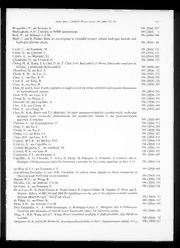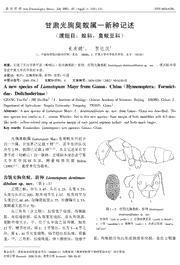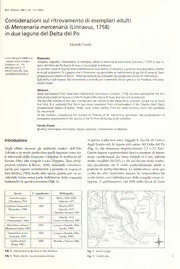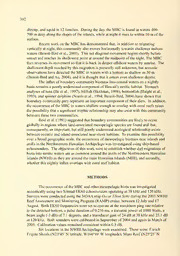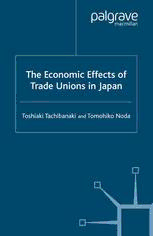
The Economic Effects of Trade Unions in Japan PDF
Preview The Economic Effects of Trade Unions in Japan
The Economic Effects of Trade Unions in Japan Also by Toshiaki Tachibanaki CAPITAL AND LABOUR IN JAPAN: The Functions of Two Factor Markets (with Atsuhiro Taki) FROM AUSTERITY TO AFFLUENCE: The Transformation of the Socio-Economic Structure of Western Europe and Japan (co-editor with Richard T. Griffiths) LABOUR MARKET AND ECONOMIC PERFORMANCE: Europe, Japan and the USA (editor) PUBLIC POLICIES AND THE JAPANESE ECONOMY: Savings, Investments, Unemployment, Inequality WAGE DETERMINATION AND DISTRIBUTION IN JAPAN WAGE DIFFERENTIALS: An International Comparison (editor) WHO RUNS JAPANESE BUSINESS?: Management and Motivation in the Firm (editor) Also by Tomohiko Noda THE ECONOMICS OF THE TRADE UNION (in Japanese) The Economic Effects of Trade Unions in Japan Toshiaki Tachibanaki Professor of Economics Kyoto University Japan and Tomohiko Noda Lecturer in Economics Momoyama Gakuin University Osaka Japan First published in Great Britain 2000 by MACMILLAN PRESS LTD Houndmills, Basingstoke, Hampshire RG21 6XS and London Companies and representatives throughout the world Acatalogue record for this book is available from the British Library. ISBN 978-1-349-40546-6 ISBN 978-0-333-98380-5 (eBook) DOI 10.1057/9780333983805 First published in the United States of America 2000 by ST. MARTIN’S PRESS, LLC, Scholarly and Reference Division, 175 Fifth Avenue, New York, N.Y. 10010 Library of Congress Cataloging-in-Publication Data Tachibanaki, Toshiaki, 1943– The economic effects of trade unions in Japan / Toshiaki Tachibanaki and Tomohiko Noda. p. cm. Includes bibliographical references and index. 1. Labor unions—Japan. 2. Japan—Economic conditions—1945– 3. Industrial relations—Japan. 4. Labor policy—Japan. I. Noda, Tomohiko, 1963– II. Title. HD6832 .T23 2000 330.952'044—dc21 00–042244 ©Toshiaki Tachibanaki and Tomohiko Noda 2000 Softcover reprint of the hardcover 1st edition 2000 978-0-333-72467-5 All rights reserved. No reproduction, copy or transmission of this publication may be made without written permission. No paragraph of this publication may be reproduced, copied or transmitted save with written permission or in accordance with the provisions of the Copyright, Designs and Patents Act 1988, or under the terms of any licence permitting limited copying issued by the Copyright Licensing Agency, 90 Tottenham Court Road, London W1P0LP. Any person who does any unauthorised act in relation to this publication may be liable to criminal prosecution and civil claims for damages. The authors have asserted their rights to be identified as the authors of this work in accordance with the Copyright, Designs and Patents Act 1988. This book is printed on paper suitable for recycling and made from fully managed and sustained forest sources. 10 9 8 7 6 5 4 3 2 1 09 08 07 06 05 04 03 02 01 00 Contents Preface ix 1 Introduction 1 2 Unions and Social-Economic Background 13 2.1 Introduction 13 2.2 Conditions of Union Participation Rates 13 2.2.1 Historical trend 13 2.2.2 International comparison 15 2.2.3 Implications for Japan and studies of unions in Japan 19 2.2.4 The importance of non-unionized firms and the role of firm size 20 2.2.5 Enterprise unionism 23 2.2.6 Several thoughts on industrial relations in Japan 24 2.2.7 Process of joining a union 25 2.2.8 Difference by industry 28 2.2.9 Four groups of unions in Japan judging from union participation rates 31 2.3 Heterogeneous Workers and Management of Trade Unions 33 2.3.1 Implications of heterogeneous workers for unions 33 2.3.2 Union fees, full-time union officials, leaders, and union objectives 34 2.4 Attitudes of Employers (i.e., Management Side) Towards Unions 36 3 Attitudes of Non-Union Members Towards Unions 40 3.1 Introduction 40 3.2 How Do Non-union Members Feel about Unions? 41 3.3 Who Feels the Necessity of a Union among Non-Union Members? 44 3.4 Expectation for the Effect of Trade Unions 47 v vi Contentss 3.5 Reasons for the absence of a Strong Unionization Movement 54 3.6 Concluding Remarks 61 4 Union Voice, and Its Effect on Satisfaction and Separation 63 4.1 Introduction 63 4.2 Empirical Results 65 4.3 Simple Statistical Test 68 4.4 The Union’s Effect on the Level of Workers’ Satisfaction 70 4.5 The Effect of Union Voices on Labour Turnover 74 4.6 Concluding Remarks 77 5 The Effect of Unions on Wages 79 5.1 Introduction 79 5.2 A Brief Introduction to Wage Determination in Japan 81 5.3 Wage Differentials between Unionized Firms and Non-unionized Firms 87 6 The Effect of Unions and Employee Voice on Wages and Working Conditions: Their Endogeneity Problem 93 6.1 Introduction 93 6.2 Endogeneity Problem and Union Effects 94 6.2.1 Endogeneity 94 6.2.2 Other findings on the effect on wages 97 6.2.3 Statistical test 99 6.2.4 Effect on other working conditions 100 6.3 The Effect of Voices: Union Firms versus Non-union Firms 102 6.3.1 Voices of employees 102 6.3.2 Quantification of the voices and estimation method 103 6.3.3 Empirical results on non-wage labour conditions 106 6.3.4 Effect on separations 110 6.3.5 Summary 112 6.4 Concluding Remarks 112 7 The Effect of Voices on Working Conditions and Their Economic Interpretation Based on Enterprise Unionism 114 7.1 Introduction 114 Contents vii 7.2 Enterprise Unionism and Labour Participation 115 7.3 Voices of Unions (Employees) and Management Policies 117 7.4 Data Sources and Preliminary Analysis 120 7.5 The Effect on Productivity 123 7.6 The Effect of Voices on Wage Increases and Bonuses: The RIALS Data 129 7.7 Overall Evaluations 132 8 The Effect of Union Voices on Productivity 137 8.1 Introduction 137 8.2 Participation of Employees (Unions) in Management: Voices and Productivity 137 8.2.1 Better communication between management and employees 137 8.2.2 Detailed discussions on the reasons for better performance 139 8.3 Listed Firms 142 8.3.1 Data source and estimation method 142 8.3.2 Empirical results 143 8.3.3 Economic interpretations 147 8.4 Unlisted Firms 149 8.4.1 Data source and estimation method 149 8.4.2 Empirical result 151 8.5 Concluding Remarks 156 9 The Effect of Trade Unions on Labour Shares and Industrial Relations 158 9.1 Introduction 158 9.2 Theory of Collective Bargaining and the Effect on Labour Shares 159 9.3 Time-series Movements in Labour Disputes and Labour Shares 161 9.4 Functional Form and Data 164 9.5 Empirical Results 166 9.6 Discussions on the Empirical Results 170 9.7 Concluding Remarks 173 10 Concluding Remarks 174 Bibliography 179 Index 185 Preface The Japanese economy worked very well from the immediate post-war period to the first oil-crisis in 1973. The growth rate of the GNP was quite high (about 7–10 per cent) during the period. After recovering from the first oil-crisis the Japanese economy performed fairly well. The growth rate of the GNP was stable (about 3–5 per cent), and the rate of unemployment was considerably low, say about 1–2 per cent. This stable and sound economy ended in the early 1990s, and the economy has since been in a long recession. What was the role of trade unions in these periods? Did trade unions in Japan help the Japanese firms to have a strong competitive edge, and thus the Japanese economy to work well? In particular, were trade unions helpful in raising individual firms’ performances represented by productivity and some other variables? If the answers to these ques- tions are ‘yes’, what are the causes and reasons for ‘yes’? If ‘no’, we have to explain the reasons for ‘no’. ‘No’ possibly signifies that trade unions raise the wage level of the members too high, and thus lower firms’ productivity significantly, although they are beneficial to the members. Since the Japanese economy and society changed drastically in the past fifty years as described above, it is quite likely that the role of trade unions and the economic effect of trade unions also changed drastically. This book intends to examine these changes in trade union movements and the effect of trade unions on various economic vari- ables such as wages, working hours, productivity, labour shares, etc. in these long-run periods. Although the economics of trade unions has been one of the most popular subjects in Europe and North America, possibly because the unions had considerably influence on important economic variables such as wages, productivity, profit, investment, etc., it has been a rela- tively unpopular subject in Japan for the reasons given in this book. This book intends to fill such a gap in Japan. The Japanese trade union movement differs considerably from those in Europe and North America. Consequently, it is important to identify the institutional and functional differences. One crucial characteristic in Japan is enterprise unionism, which is different from craft unionism and/or industrial unionism. This book provides readers with, first, ix
The list of books you might like

The Spanish Love Deception

Do Epic Shit

A Thousand Boy Kisses

The Strength In Our Scars

By Invitation Only: Exclusively Yours Private Party Secret Encounter

NASA Technical Reports Server (NTRS) 20060047794: An Exercise in Technology Prioritization in a Competitive Environment
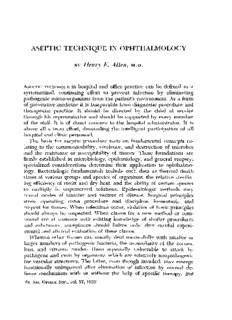
BY Henry F. Allen, MD

Jansenism and England: Moral Rigorism across the Confessions (Oxford Theology and Religion Monographs)
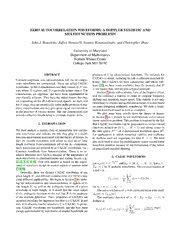
DTIC ADA476425: Zero Autocorrelation Waveforms: A Doppler Statistic and Multifunction Problems
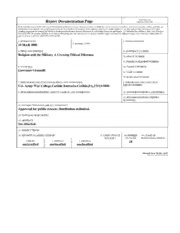
DTIC ADA448671: Religion and the Military: A Growing Ethical Dilemma
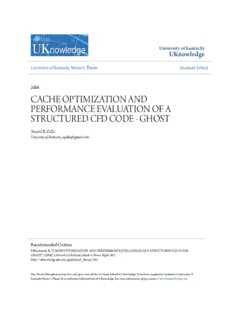
cache optimization and performance evaluation of a structured cfd code

ultimate traffic Live User Guide
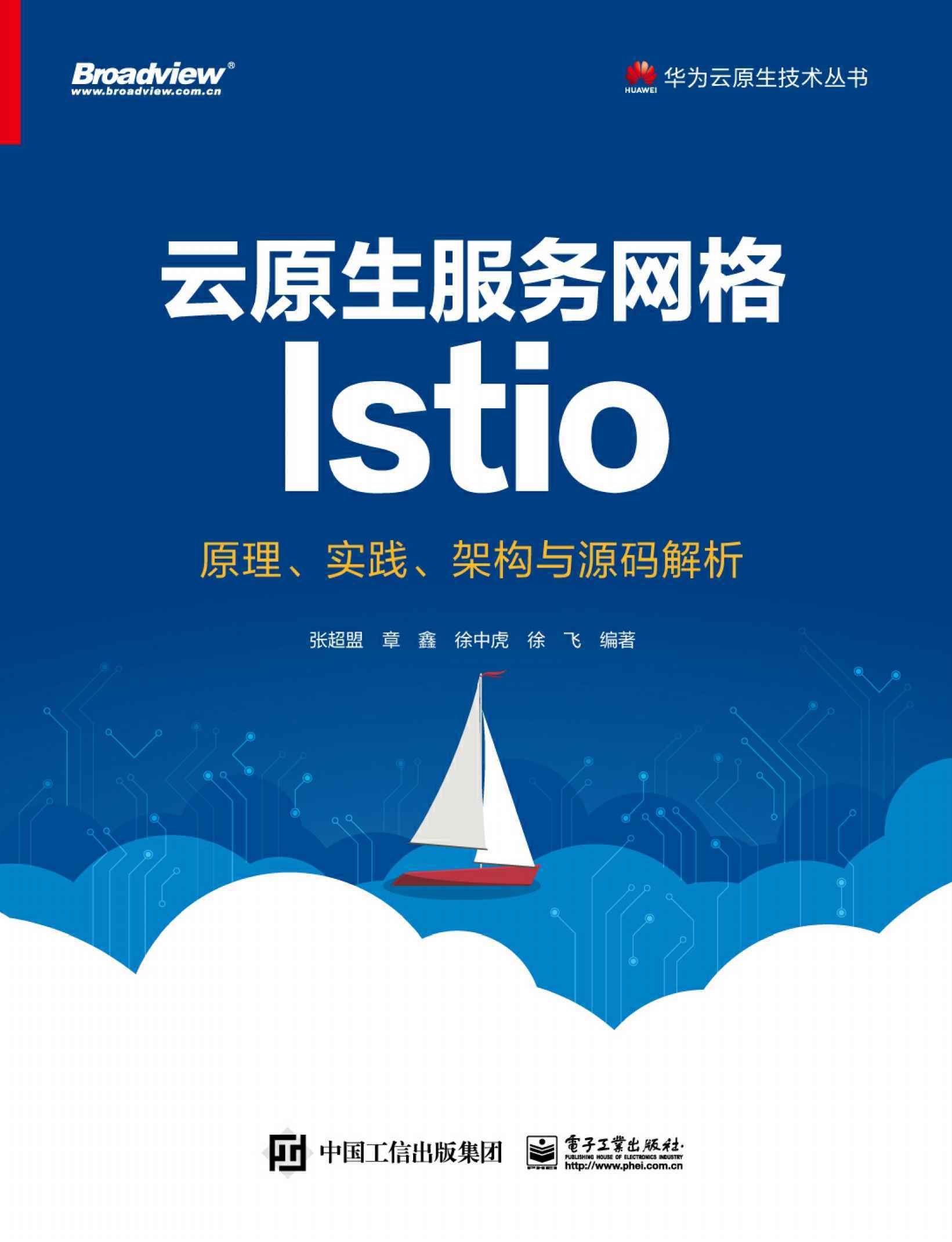
云原生服务网格Istio:原理、实践、架构与源码解析(elib.cc)
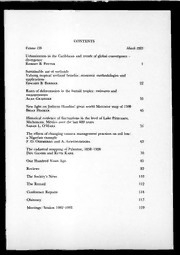
The Geographical Journal 1993: Vol 159 Table of Contents

C. J. Cherryh - Union Alliance - Cyteen

Black Alibi

